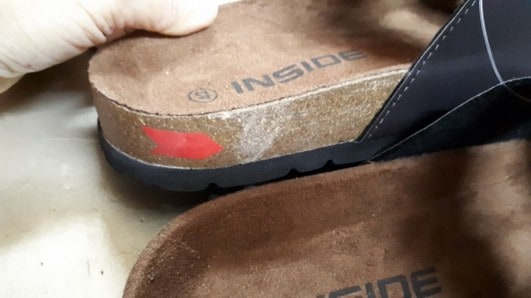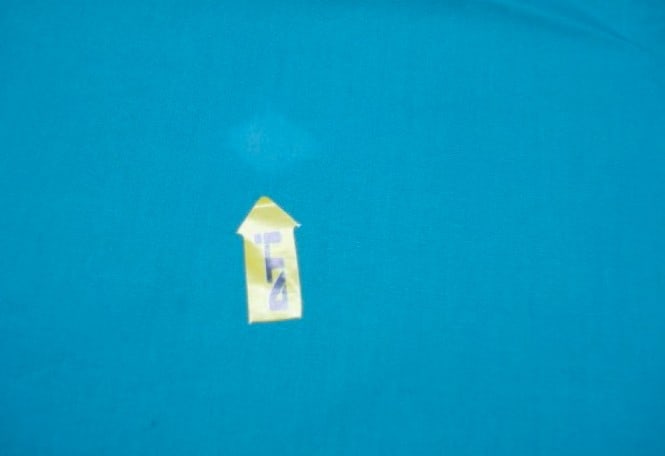There are numerous 3rd party quality inspection companies that have popped up over the years such as Product Inspection Services Some have a monopoly in search engines and quote prices which are out of budget for smaller companies. Others offer deeply discounted pricing while advertising aggressively, and pretending to cover a wide spectrum of products. These companies mostly hire freelance inspectors in order to save on the cost of having full time inspectors.
The questions importers need to ask themselves. Will these companies be able to provide honest, quality services? Which company do you choose? Will the end product be good enough for your customers? What happens if your products are damage while in transit?
A brand is only as good as its reputation for quality products. Utilizing product inspection services at the pre-production, During Production and Pre-Shipment stage, can save a lot of heartache for importers. Importers should rather be safe and sure than hoping for the best and expecting quality products.
A product inspection can be a crucial part of your supply chain and help to make sure that your products meet international standards. They will ensure that factories produce products according to your exact requirements.
With e-commerce growing at an unprecedented rate, so are the number of scams that occur, especially on platforms like Alibaba. Getting scammed on Alibaba has become a common occurrence, the products you get in your shipment can end up being completely different from the initial sample you received from the supplier. It is always better to spend an extra couple of hundred dollars for a pre-shipment inspection rather than ending up with un-saleable products. Using a QC inspection service should be an essential part of your sourcing, especially when ordering from platforms like Alibaba.
What exactly is a Product Inspection?
A product inspection verifies the quality of a product according to specifications defined by the importer. Product inspections can be used at different stages of production during which different aspects can be inspected. During a pre-production inspection, more focus will be placed on raw materials whereas, during a pre-shipment inspection or a DUPRO, more focus will be placed on specifications and QC. At the end of production, a container loading inspection can also take place, in order to make sure goods are not damaged during transit.
These processes also help to hold the supplier accountable and ensure timely manufacturing of high quality products. Due to e-commerce and fast fashion, Time to market has become a crucial part of production. Suppliers need to ensure they deliver not only quality products but also timely deliveries. A delay in delivery or a product recall can cause a loss of not only revenue but the product itself becomes obsolete. Product inspection services can ensure quality products are deliver timely.
What Are Common Misconceptions Regarding Product Inspections?
1. Inspections Ensure There Are No Defective Products.
Product inspections are conducted using AQL standards, AQL stands for “Acceptance Quality Limit”. The AQL would be the worst tolerable quality in the production batch. There will always be defective products in different batches of production. An AQL based inspection would provide enough data to the importer in order to reject or accept the shipment.
What would make a product defective you ask? If a product is deemed unfit for its use, it would be dangerous to the user due to the defect, If unclear instructions are included in the manual, If any defect in assembling and manufacturing can cause harm; It is defined as being defective. Product defects are categorized as major, minor, and critical.

Even though quality inspections are used to eliminate defective products only a sample size based on AQL is used to analyze the order, some defected products might actually end up getting shipped unless a 100% inspection has been done. There can also be other issues regarding the order which the QC company has no control over.

2. Inspections Increase Product Quality
After an inspection is conducted and has passed based on AQL standards. There will be defective products find but few enough to be ignored and not cause any damage to a brand. However, a product inspection cannot increase the quality of the product, It is the buyer who sets the standard of the quality of their products.
What are they asking of the manufacturer? What quality material they want the factory to use? The end quality of a product is based on what the buyer needs. If there is a built-in issue with the product that the buyer has to ask to be manufactured, A inspection company cannot be blamed for the quality as long as products are produced within given specifications.
3. Inspections Can Solve Quality Issues
As a product inspection company, our job is to detect the issues in a shipment, not fix them. When an inspector finds defects, his job is to let the factory and the customer know. If there are issues in the manufacturing processes, the inspection company cannot help to fix them. The responsibility for fixing issues is the factory management’s job.
4. After an inspection, only defect free products are shipped.
Inspections that are pass don’t necessarily mean that all products will be defect free as discuss earlier. There could be issues that in the shipment process due to the environment or container conditions. This is especially the case for products that have an element of wood in them. Moisture in the container can effect products and they can grow mold during transit. Products should be transport in the best way possible in order to avoid defects from arising during transportation.
Now that we have explained what product inspection is and what misinformation is out there regarding quality inspections. We will explain how to best prepare for quality control inspections.
How do you prepare for product inspections?
QC Checklist
In order to make sure the customer receives the exact product they ordered, Manufacturers need clearly defined product specifications. A brands products are the representation of their brand. A good quality product can turn a customer into an ambassador for the brand, while a low quality product can damage businesses in the long run. Therefore, quality products are essential to any successful business. So how do you create a checklist that ensures that your products is of the highest quality?
A QC checklist is often prepared by a company’s in house quality department, It is also often leave in the hands of third party quality inspection companies to build these checklists. The best time to prepare a QC checklist is before manufacturing starts and should be attached to the purchase order. Our inspectors use these checklists as soon as products start coming off the assembly line.
What does a good checklist include?
Specifications: These include various elements of sizing according to the buyer’s requirement. These include workmanship, Material, Components, Colors, Size, Weight, Finishing, Logos and labels, Stickers and Tags, Packaging (Shipping marks, cartons, Shelf packaging, Price tags). Sizing and weight should also include tolerance levels.
Defects:
A defect can be anything that is either notice visually or functionally while conducting an inspection. These defects are looked for in every sample that is inspected. Every fault is count as 1 defect. Defects are categorized by Major, Minor, and Critical. Upon tallying the total number of defects, the QC inspector checks whether they fall within the AQL limits or not.
In case there is a critical defect, the order will always be marked as a fail inspection. When an item is not fit for its purpose or would cause danger to the consumer, If it does not have proper instructions, or has major design flaws cause during assembly/manufacturing, It is classified as critically defective. A critical defect within a product has the potential to harm its user or someone else who may come into contact with the product. An example would be a coffee mug where the handle breaks off at a certain temperature.
A major defect would be one that hinders the use of the product, affecting its intended use, function, or fit. Defects such as these usually cause customers to return the products from where they bought them or ask for a replacement/refund.
A minor defect can be classified as something which is less risky than a major defect but at the same time may cause hindrance to the end-user of the product. It does not affect the fit, function, and marketability and is very unlikely to cause returns.
The ‘Acceptance Quality Limit’ or AQL is the level that is worst tolerable when inspecting a product. An inspection based on AQL provides sufficient data for the importer to decide whether or not he wants to accept a shipment. Suppliers and buyers have different standards when it comes to major or minor defects. A major defect for the buyer may be a minor defect for the suppliers. It is best for both parties to agree to the checklist beforehand so they both know what AQL will be accepted and which one would be rejected.
Testing On Site
Testing is performed when a special inspection level is being used also known as S2. If a product sample breaks or does not function properly, the test is failed. These tests are for user safety and do not take a long time to perform. If the test fails twice then the shipment can be marked as failed as this is a critical defect. Other types of tests are drop test, assembly test, moisture test, Hipot, and Load/overload test.
Conclusion
We always advise our clients to prepare QC checklists beforehand and attach them with the purchase order. Without proper details in a checklist the likelihood of defective products increases. This can lead to a rejected shipment and would damage a buyer’s business. As soon as products start coming off the production line buyers should hire an inspector to use the checklist and try to catch issues early on so they can be corrected timely. If inspections are delay to a later stage, rework would be required. This can cause delays in shipment and wasted time.
If requirements are defined early on, this would not only help your supplier but also the inspector. By understanding different aspects of product inspection and manufacturing processes, you will be able to avoid mistakes that may be costly in the longer term. Quality inspections help you strengthen your image as a high-quality brand and protect your reputation.
